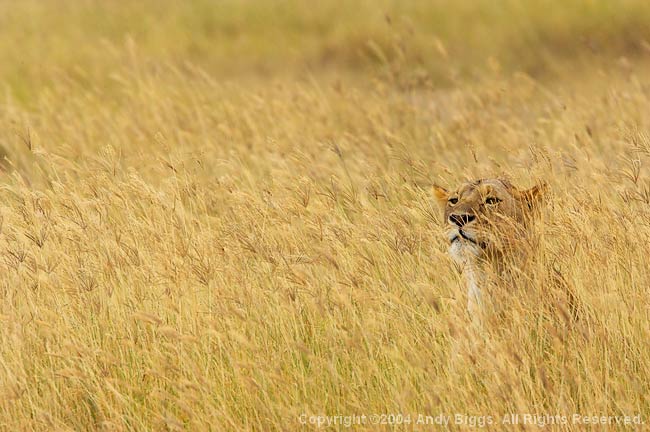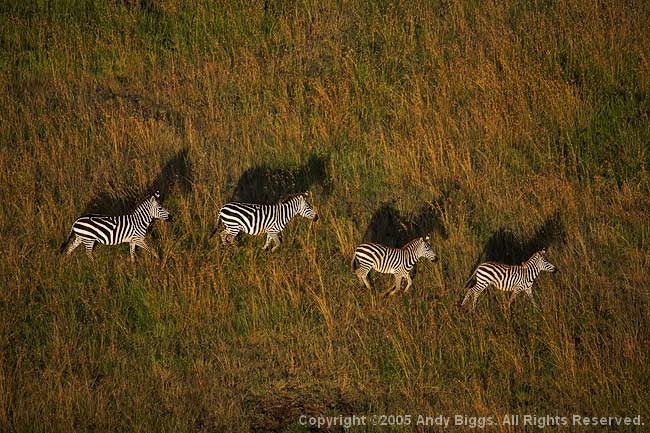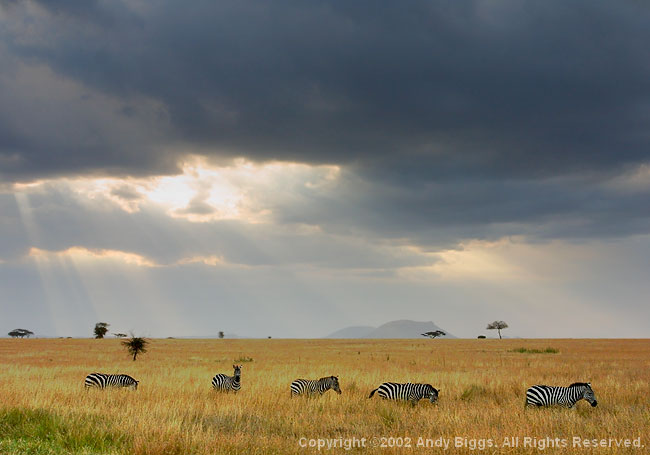

 |
 |
 |
 |
 |
We are trying to develop a community where photographers can come and discuss nature, wildlife and pet photography related matters. We encourage you to enter the forums to share, make comments or ask questions about this interview or any other content of NWP.
This article is Copyright 2006, James Morrissey, and may not, in part or in whole, be reproduced in any electronic or printed medium without prior permission from the author. The images in this article are the property of Andy Biggs and have been licensed to James Morrissey and the NWP Photo Forum for the purpose of this interview.
Part I: About Andy Biggs

JM: Would you be willing to tell us a little bit about yourself?
AB: Sure. I was born in 1969 in Texas. I was raised in a relatively traditional American nuclear family. In this, I mean that I grew up with 2 parents and have 2 other siblings that I am close to. My parents are still happily married. I got married 6 years ago, and we had our first baby in February, 2006.
Life was pretty easy for me growing up. I encountered no real barriers or crisis in my life growing up in Houston. My interest in the outdoors was planted by a seed on a summer camp trip to Alaska and back when I was young. It was a 5-week trip, and I spent every evening sleeping under the stars. Looking back I have to say it was a time when a light went off in my head regarding my love for the outdoors. We didn't get enough of it in Houston growing up, as summers are overbearing with heat.
JM: When and how did you first begin to photograph?
AB: I started my photography, at least on a serious basis, when my wife and I moved to Northern California for my day job. I certainly had all of the inspiration around me for landscape photography, from the coast of Big Sur to the Redwoods North of San Fransisco, and to the landscapes of Yosemite that inspired Ansel Adams. I was truly bit by the bug. These were the days before digital, and I first started out with a 35mm film camera. After seeing absolutely stunning photographs from Ansel Adams, Morley Baer, John Sexton, and William Niel, I moved on up to a 4x5 large format camera.
JM: Who were your photographic influences, personally and professionally?
AB: I have to say that Galen Rowell has had the greatest impact on my photography, along with Ansel Adams, Art Wolfe, John Sexton and William Niell.
JM: Do you wish to cite any photographic resources that speak to you?
AB: I often ask my safari travelers this same question at night, after a long day of photography. I ask it in a slightly different way. “If you could only own one photographic book, what would it be?” I get a wide array of answers, but my answer is always the same. I would have to say Galen Rowell's 'Inner Game of Outdoor Photography.' I find Galen's short stories offer points of inspiration to be a better photographer, writer and instructor. These three areas are all areas that I strive to be much better at than I am now.
JM: What other types of professional photography have you done outside of Nature and Wildlife Photography?
AB: From time to time, I accept editorial jobs from magazines. These assignments have had me covering professional sports teams to out-of-the-way restaurants in historical buildings.
JM: What do you feel motivates you in your photographic work? What are you looking for in your photography?
AB: When I think of my photography, my African wildlife work always pops up first in my head. I strive to create simplicity in my photographs. I like to boil down elements to the simplest form. I think a good example might be a single animal in the landscape, with minimal trees or any distracting elements. We as photographers are story tellers, and I am always thinking of how a composition tells a story.

JM: Do you feel like there are any consistent themes that come up in your stories? What does this say of what you are trying to capture in your nature photography?
AB: Good question, and one that I could talk for a long time about. I am constantly trying to create photographs that tell a story of the wildlife in the landscape. This all started because I wasn't interested in creating a series of images that looked just like the other images out there, of which many are from zoos or game farms. Here is an example. If I have a majestic male lion in front of me, standing on a hill with the wind in his face, I would rather capture the photograph with a composition that took in the sky, grass and trees, as they are all part of the scene. It tells the viewer that this is a photograph from a specific place in Africa, and not from a zoo.
I could just as easily pull out my longest lens and create a few images that are tight head shots, but that tells a completely different story.
I always approach a photograph with a sense of purpose. I have to ask myself a series of questions, such as: "do I have to tell my story with a single photograph, or through a series of photographs", or "Will this image be for stock photo purposes?". These types of questions dictate how my story is going to ultimately be told.
JM: Where do you like to photograph the most? Why?
AB: I definitely consider myself primarily as an African nature photographer. I don't want to back myself into a specific genre, such as wildlife or landscapes, but I am most interested in anything African.

JM: How does the photography that you do impact your choice in gear? This is not necessarilly a 'brand' question, but a format question. eg Digital, 35mm, medium format, etc.
AB: Argh. This is where I seem to be changing the most. When I started my African safari workshop business, I shot 100% chrome slides on 35mm Nikon equipment. Then, digital came along and I moved over to Canon Digital SLR equipment. I have been extremely happy with the change, but I have been developing this 'look' in my head that I cannot seem to get with my current digital gear. So, I have added a 4x5 large format camera, used hand held, into my arsental. My goal is to create very large black and white prints of combined landscapes and wildlife on the Serengeti plains. At the end of the day, I am pretty agnostic about gear - whatever tool it takes to arrive at a final print stirs the soul.
JM: What do you think about the digital format is preventing you from getting the 'look' that you need? What is it that keeps drawing you back to film (specifically, 4x5)?
AB: There is something about the smooth tonality of a print made from a 4x5 negative, even if the print is quite small. I love the detail from large negatives, but I am more enamored with the smooth tonal transitions from mid tones. Even though I am shooting some of my wildlife images with a hand held 4x5 Speed Graphic, I am shooting with wide open apertures most of the time.
I don't expect or want everything perfectly in focus, and the smoothness of the final image is quite addictive.
You can view more of Andy Biggs' work at www.andybiggs.com.
If you would like to learn more about James Morrissey, you may visit www.morrisseyphotography.com. [James Morrissey is wedding photographer focusing on the Jackson Hole weddings, Yellowstone weddings, and Grand Teton weddings (located in Wyoming), as well as, the greater New York weddings.]
As always, we encourage you to come join the community and to be participants in the forums! If you have not registered yet, please
 |
 |
 |
 |